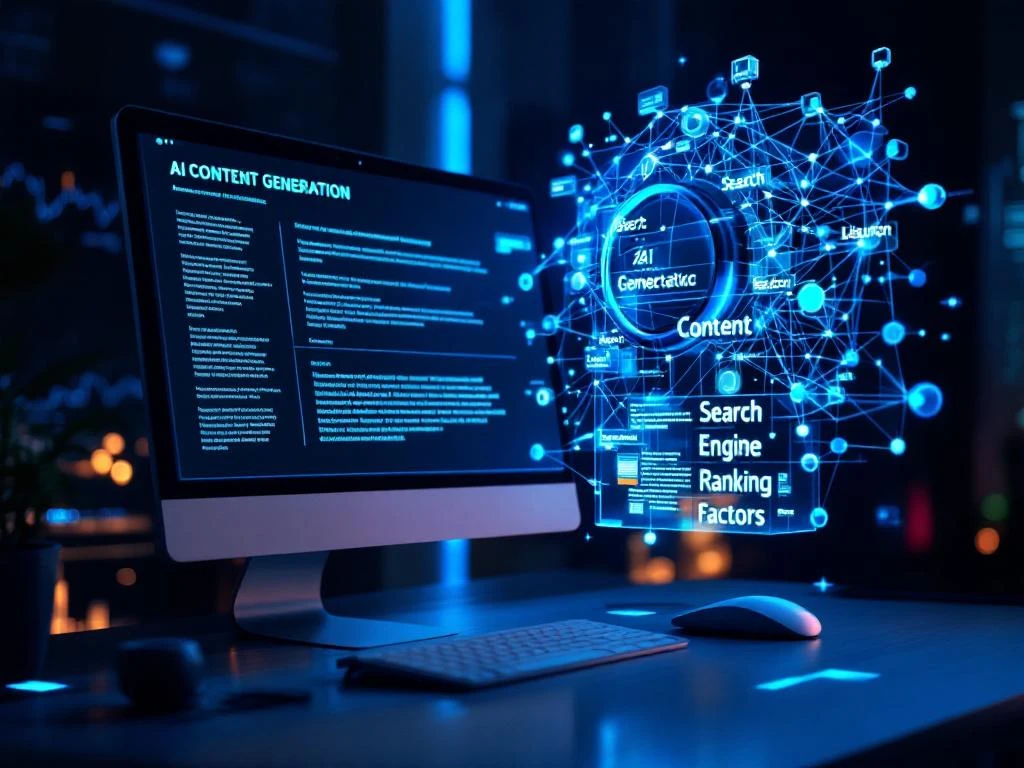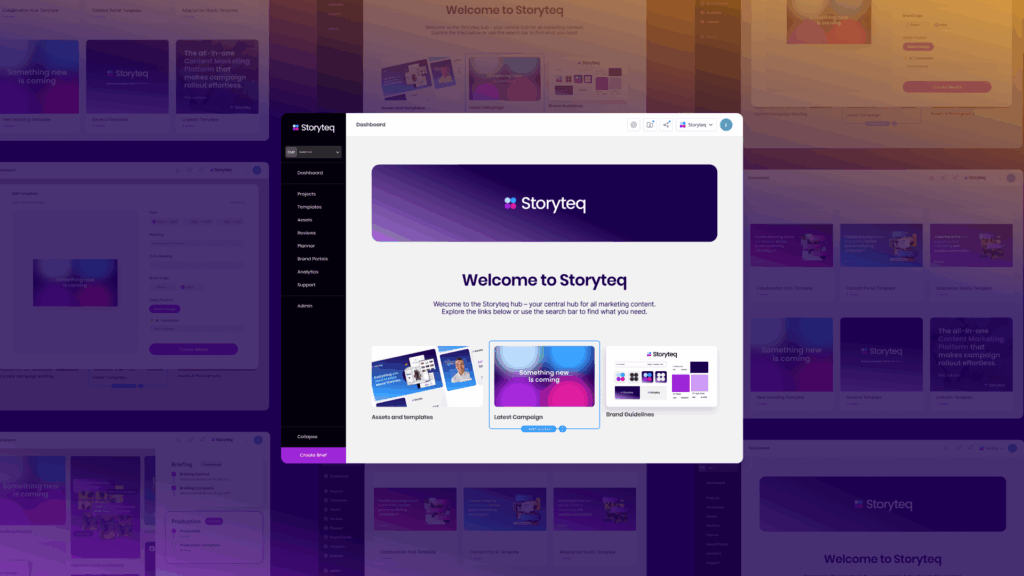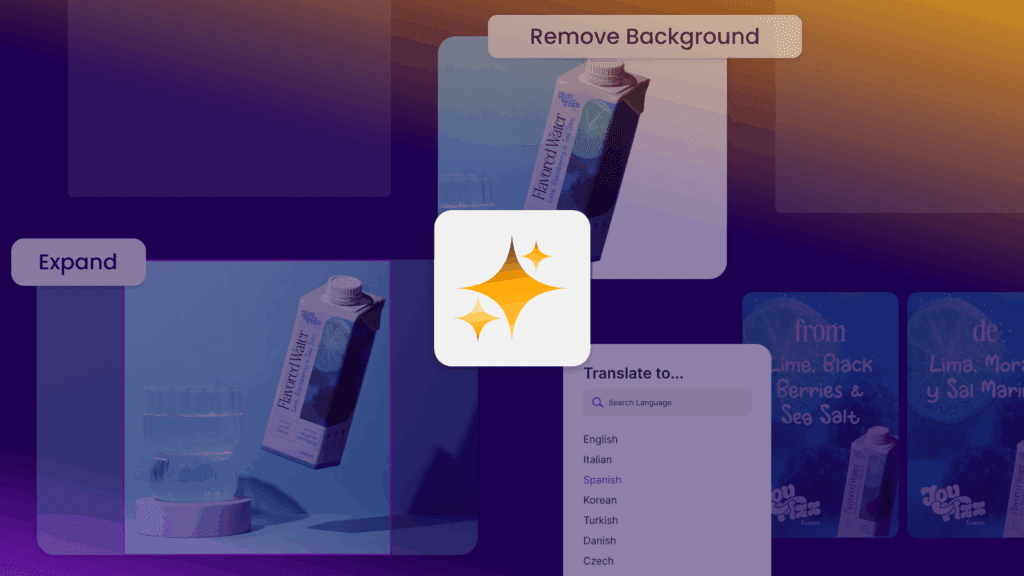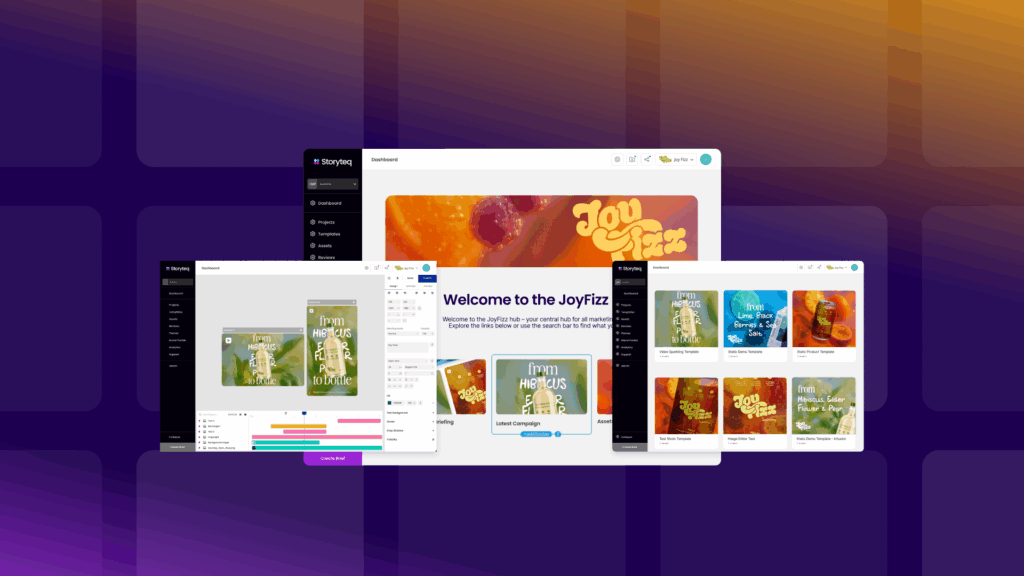AI content generation is poised for transformative evolution by 2025, becoming more sophisticated, contextually aware, and deeply integrated with marketing workflows. The technology will move beyond basic text generation to create multimodal content spanning text, images, video, and interactive elements. While AI will dramatically scale content production capabilities, it won’t replace human creators but rather augment their abilities, enabling more personalized, relevant content delivered efficiently across channels. The most successful brands will be those that establish clear frameworks for human-AI collaboration, focusing AI on scale and consistency while humans provide strategic direction and creativity.
How will AI content generation evolve by 2025?
By 2025, AI content generation will evolve from basic text production to sophisticated multimodal content creation systems capable of producing coordinated campaigns across channels. These advanced systems will generate text, images, videos, and interactive elements with greater contextual awareness and brand alignment.
Language models will develop more nuanced understandings of brand voice, audience preferences, and cultural contexts. This will enable AI to produce content that feels authentic rather than generic, adapting tone and style based on the communication goals and target audience.
Integration with marketing workflows will become seamless, with AI systems connecting directly to content management platforms, digital asset management systems, and distribution channels. This integration will enable real-time content optimization based on performance data, allowing marketers to rapidly test and refine messaging.
According to industry forecasts, AI-generated content will move beyond simple blog posts and social media captions to creating complex assets like product descriptions, promotional videos, and interactive experiences. The technology will excel at producing variations of core content for different platforms, audiences, and contexts.
Perhaps most importantly, AI content systems will develop better collaborative capabilities, functioning as creative partners that can understand briefs, suggest alternatives, and learn from feedback. This will transform the relationship between marketers and AI tools from simple automation to true augmentation.
Will AI replace human content creators by 2025?
No, AI will not replace human content creators by 2025, but instead establish a collaborative partnership that transforms the creative process. The relationship will evolve into one where AI handles volume, variations and technical execution, while humans provide strategic direction, emotional intelligence, and creative oversight.
Human creators will shift their focus toward higher-value activities: developing original creative concepts, establishing brand strategy, providing cultural context, and ensuring emotional resonance with audiences. These uniquely human capabilities will remain beyond AI’s reach in the 2025 timeframe.
What will emerge is a new workflow model where content teams use AI as an amplifier for creativity rather than a replacement. Creative professionals will become skilled AI directors, learning to craft effective prompts, validate outputs, and integrate AI-generated elements into cohesive campaigns.
This evolution will actually make human creativity more valuable, not less. As AI handles routine content production, the differentiating factor for brands will be the uniquely human insights that inform their overall content strategy and the creative direction that guides AI implementation.
The most successful organizations will be those that develop frameworks for human-AI collaboration, clearly defining which aspects of content creation benefit from automation versus human expertise. This balanced approach will yield both efficiency and creativity beyond what either humans or AI could achieve independently.
How can brands prepare for AI-driven content creation?
Brands can prepare for AI-driven content creation by establishing robust content frameworks that bridge human creativity and AI capabilities. This preparation involves building structured approaches to brand guidelines, content models, and workflow integration that enable effective use of AI tools.
Start by auditing existing content processes to identify repetitive tasks that would benefit from automation. These typically include content variations across channels, localization efforts, and basic content updates—areas where AI can deliver significant efficiency gains.
Develop comprehensive brand guidelines specifically designed for AI implementation. These should include not just visual elements like colours and logos, but also detailed voice and tone specifications, taboo topics, preferred terminology, and examples of ideal content that can train AI systems to understand your brand’s unique approach.
Invest in training content teams to work effectively with AI tools. This means developing skills in prompt engineering, output evaluation, and effective human-AI collaboration. Teams need to understand both the capabilities and limitations of AI content systems to leverage them appropriately.
Create clear governance processes that define when and how AI should be used in your content ecosystem. This includes establishing review workflows, quality control measures, and approval protocols for AI-generated content before publication.
Finally, begin with focused pilot projects rather than attempting to transform all content processes simultaneously. Choose specific content types or campaigns where AI can deliver immediate value, then expand based on lessons learned and measured results. Learn more about implementing AI-driven creative automation through structured, phased approaches.
What ethical considerations will shape AI content generation?
Ethical considerations around transparency, copyright, authenticity and responsible use will fundamentally shape AI content generation by 2025. These factors will determine not just what’s permissible, but what’s considered best practice in the industry.
Transparency requirements will become more defined, with emerging standards for disclosing when content is AI-generated or AI-assisted. Consumers and regulators alike will expect clear attribution, particularly for persuasive content like marketing materials. Brands that establish transparent AI usage policies will build greater trust with audiences.
Copyright implications remain complex and will evolve significantly. The industry will need to address questions about training data ownership, derivative works, and proper attribution. By 2025, we’ll likely see more standardized approaches to compensating original creators whose work informs AI systems, along with clearer guidelines on what constitutes fair use.
Authenticity concerns will drive technological and policy developments. Detection systems for identifying AI-generated content will become more sophisticated, while simultaneously, generation technology will produce increasingly authentic-seeming outputs. This tension will necessitate industry standards around representation and disclosure.
Responsible use frameworks will emerge from both industry self-regulation and governmental oversight. These will address concerns around misinformation, bias amplification, and the potential for AI to generate harmful content. Forward-thinking brands will adopt ethical AI content policies that go beyond minimum compliance requirements.
Data privacy considerations will also influence AI content generation practices, particularly regarding how consumer data is used to personalize content. Systems that respect user privacy while still delivering relevance will have a competitive advantage.
How will AI transform personalization in marketing content?
AI will transform personalization in marketing content by enabling truly dynamic content adaptation at unprecedented scale. By 2025, AI systems will move beyond basic demographic targeting to create individually tailored experiences based on real-time behavioral signals, contextual factors, and predictive models.
Content personalization will become far more sophisticated, with AI systems capable of adapting not just surface elements like names or locations, but fundamental aspects including tone, complexity, visual style, and narrative approach. This deeper personalization will be based on comprehensive audience understanding derived from multiple data sources.
The efficiency of personalized content production will increase dramatically. What once required weeks of planning and production for a few audience segments will be achievable in hours across hundreds of micro-segments. This efficiency will make personalization economically viable for more marketing activities and brands of all sizes.
Real-time optimization will become standard practice, with AI systems continuously testing content variations and adapting based on performance data. This will create a feedback loop of ongoing improvement that refines personalization strategies based on actual audience responses rather than assumptions.
The integration of personalization across channels will improve as well. AI will coordinate consistent yet platform-appropriate personalized experiences across websites, email, social media, advertising, and emerging channels like augmented reality or voice interfaces.
For brands, this evolution will resolve the growing tension between the demand for personalized experiences and limited production resources. AI tools will bridge this gap, allowing brands to create relevant content for each customer without proportionally increasing production costs.
At Storyteq, we’re developing AI-powered creative automation platforms that help brands deliver this level of personalized content efficiently and at scale. Our solutions enable marketing teams to create thousands of personalized content variations while maintaining brand consistency and creative quality. We believe the future of marketing lies in this balance between automation and human creativity, allowing brands to achieve personalization at scale without sacrificing what makes their content unique and compelling.



